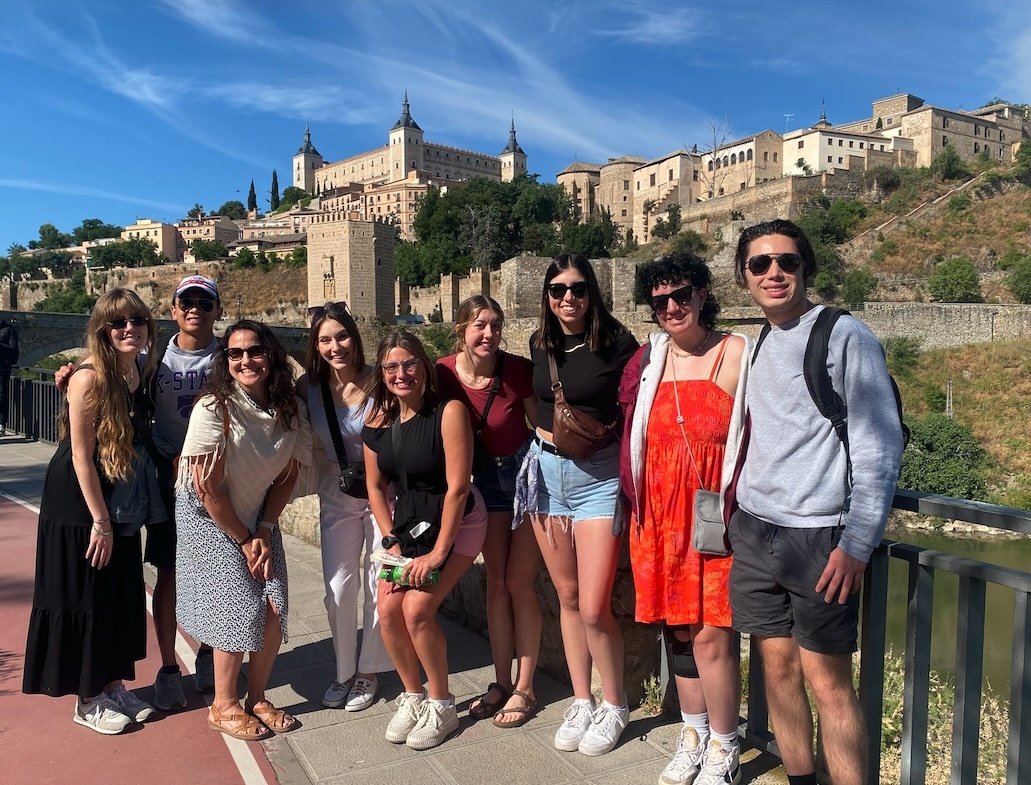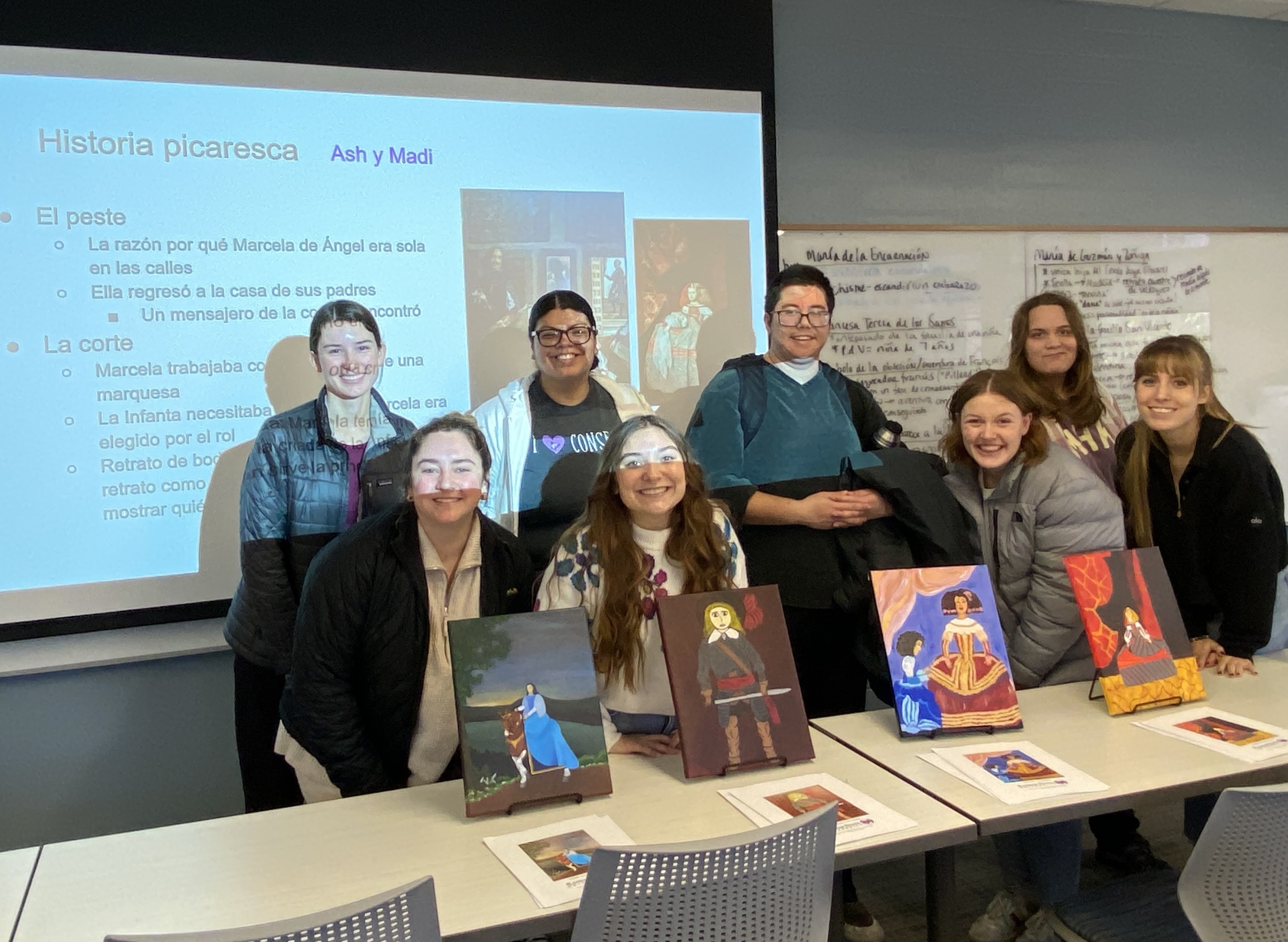Modern Languages - Spanish
Did you know that over 500 million people speak Spanish around the world? The U.S. ranks #2 in the world for Spanish speakers behind Mexico, and it is projected that, by 2050, one in three people will speak Spanish (including bilinguals English/Spanish) in the U.S. Our immersive programs offers extensive practice in spoken and written Spanish as well as opportunities to study a range of literary and cultural studies, language for the professions, linguistics, and translation.
Students can take Spanish courses to count toward their language requirements for the B.A., pursue a minor or a major in Spanish, complete a secondary major in International and Area Studies, or pursue graduate studies in Spanish.

Want to know more about Spanish @K-State?
The Modern Languages department provides a diverse range of Spanish courses, along with scholarships to support minors, majors, graduate studies, and students studying abroad. We also offer opportunities to earn free credits for prior language experience. Join us at our Spanish Language Table to practice your Spanish, engage in conversations, and connect with others.
Follow us on social media:
- Blog: kstatespanish.wordpress.com
- Twitter: @kstatespanish
- Instagram: @kstatespanish
